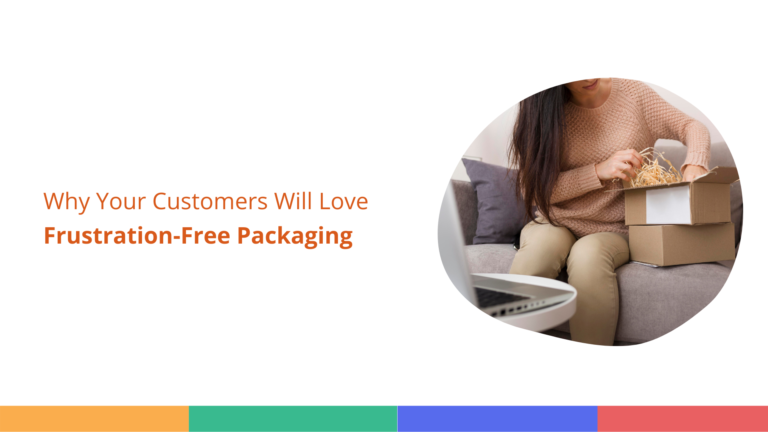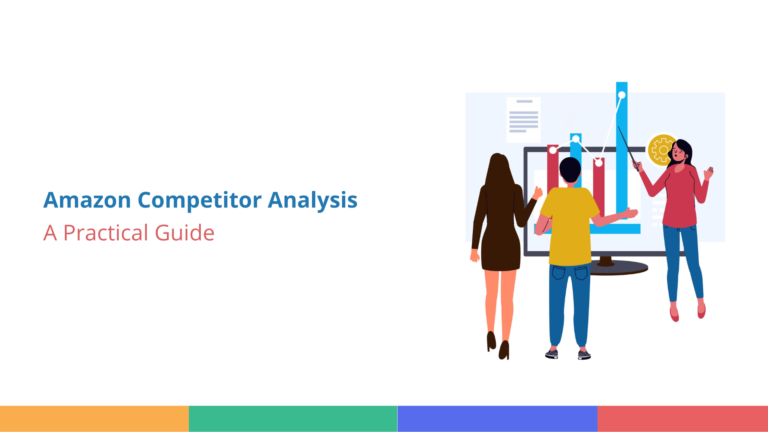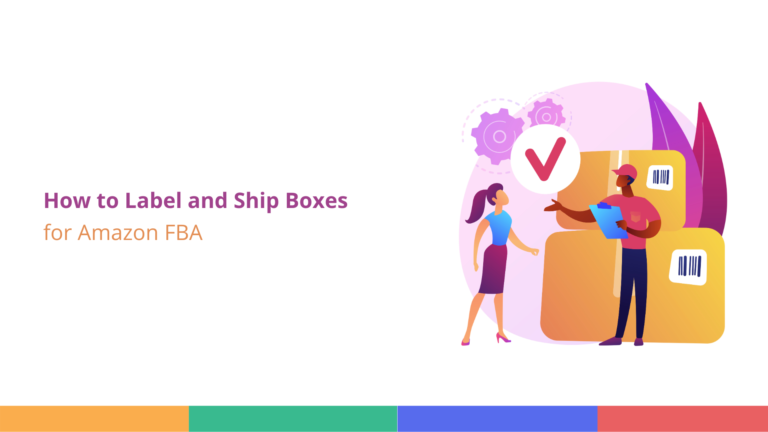Like any other online business, you need to do a proper groundwork before you actually start selling on Amazon. Taking care of a few important things, such as product listing, shipping and payment processing, given below in this post, you can capitalize on the massive customer base of Amazon.
Before you start online selling on Amazon
Here are things you need to take care of before you actually start selling on Amazon’s marketplace. It will help you avoid some costly pitfalls.
- Make a Solid Business Plan
Want to succeed as an Amazon Seller? Consider this a serious business. Like any other business, a fresh business plan is essential for identifying growth areas, challenges and expenses in advance. Spend enough time preparing your business plan. Evaluate all possible factors that can affect your success as a seller that includes what products you sell, at what price you sell, how you source product, and your supply chain strategy.
- Analyze Market And Competition
Evaluate your competitors’ pages to evaluate how they have priced their products, what products they’re selling and what’s their marketing strategy. Other critical thing is to gain idea of the overall market competitiveness. The key metrics to analyze competition is the presence of similar products in the market. If the space is overcrowded, the probability of succeeding will be lower for a newcomer.
- Choose Right Products
Like any other ecommerce platforms, some products sell well on Amazon. But that cannot be the sole criteria to choose product. It is advisable to start with the product that you know better. When deciding what to sell, you can look at the top listings in that product category. Is there a lot of competition? If all your competitors offer Prime shipping, use FBA, and have lots of 4.5- 5-star reviews, it may be challenging to compete. It is advisable to choose some other product in this scenario.
Profitability is other important criteria worth paying attention to. You should be able to breakdown price clearly to calculate your potential profit. Try to find a product opportunity with proven demand and profitability — but one in which you can compete with ease by making your product better or different enough to appeal to buyers looking for unique value proposition.
- Find Suppliers
Spend enough time to find out good suppliers from where you can source quality products at a reasonable price. That’s important as online retail is highly competitive and margins are low for most products. However, this is easier said than done. Finding and working with suppliers can be intimidating. The number of manufacturers capable of creating any product you could imagine is overwhelming. Narrow your list of potential suppliers from various sources and ask for price quotations. You can also try out their sample item to evaluate their quality. .
- Form Your Company, Select Name and Create a Proper Legal Structure
Incorporate your company when you want to switch to a Professional subscription. Create a proper legal structure for your company. Selecting the type of business entity will have legal and financial implications, so choose it carefully. You can opt for sole proprietorship, general partnership, LLC, or corporation.
- Obtain Necessary Business Permits & Licenses
Check whether you need to obtain business licenses or permits to operate legally within your city and state.
How to List Products
Listing your product on Amazon can be done in various ways depending on your selling plan. Also, sellers opting for Professional seller accounts can upload in bulk. Once the products are uploaded successfully, you can quickly sell it to B2B and B2C customers from a single account without any extra fee.
Things You Need to Consider For Product Listing
To get your product listed on Amazon, you must have a Global Trade Item Number (GTIN). This is a unique identifier for your product, such as a UPC or an ISBN. Amazon uses these GTINs to identify the exact item you’re selling. If you’re adding a product that’s new to Amazon, you may need to take a UPC code or request an exemption:
- SKU: The unique alphanumeric code allows you to track inventory and sales of a product.To get your products into customers’ hands and keep sales up, you need a SKU (stock-keeping unit) architecture that will allow you to quickly identify, track and manage your inventory. It is highly recommended to not deviate from your SKU architecture.
- Product titles: Write engaging product title that instantly hooks visitors. Make sure users can read and understand it clearly. And more importantly, it should be free from grammatical errors.
- Product description: To get noticed, your bullet points should focus on the main features and uses of your product while including highly relevant keywords in your listing title. Clearly mention what problem or pain points your product solves. Avoid wordy sentences and keep it clear and crisp.
- Good quality resolution Product images:Including photographs in your marketing materials can be one of the most effective ways to increase sales. Customers tend to look at images first, especially on mobile devices, so it is important that your photos are of high-quality and informative.
You can take the pictures yourself, but we recommend using a professional photographer in order to present your images to potential customers better than your competitors do.
- Include relevant keywords based on search volume and searchers’ intent in your title and product description.Your top keywords must be included in your title.
Best Practices for Product Listing
Here are the following three best practices for product listing:
- Variation issues
Products that vary on the basis of color and size may be listed as variations.
- Image Compliance
The minimum image resolution should be 500 x 500 pixels and can be increased up to 1,000 x 1,000 in the case of high-quality listings.
- Product IDs
Make sure you have consistency in product UPCs and GTINs (Global Trade Item Number). It increases buyers’ trust and confidence in your product.
Restricted Product Categories
Amazon restricts certain product categories, such as groceries and automobiles for individual sellers. Amazon might require performance checks, additional fees, and other qualifications for you to sell specific brands or list items within restricted categories. You’ll be able to request approval from within Seller Central.
How to Ship Products in Amazon
Amazon has unrivalled supply chain logistics capabilities. It offers three ways to deliver your products to your customers:
- FBA or Fulfillment By Amazon
Managing supply chain is the most crucial step in online selling on Amazon. To provide a seamless customer experience, the utmost efficiency is required at each level: Right from Storing, Packaging and Delivering products at right time to right customers.
Customers want products to be delivered fast and in the right shape. And they hardly bother about how you manage this. As of now, Amazon offers you three ways to order fulfilment:
As a seller it is important for you to understand the benefits you get when you opt for FBA:
- Prime Badge for each FBA products you sell increases your reach to a wider customer base
- More visibility on offer display on the product page. Amazon FBA users get better visibility than a non-FBA members.
- Amazon Prime products receive up to 3X more sales compared to non-Prime products. It is a proven fact that Amazon Prime users have the highest propensity to buy products. A majority of the Prime users buy at least once a week. Thus, you have an access to millions of customers that are ready to buy your product.
- Ensures faster delivery after receiving the order. Amazon has a large number of delivery centers around the world that allows it to deliver an item anywhere in the world quickly, else it takes more time to deliver.
- By using Amazon FBA, you can get out of the stressful position of sending returns to your customers. Amazon handles all of the logistics for you and pays for the shipping labels. However, you have to pay a fee for each return.
- More storage space helps manage inventory without any problem. You don’t have to sign for a lease agreement on a space.
- Since Amazon has partnership with all major carriers in the world, they have immense negotiating power. It allows you to receive attractive shipping discounts from carriers.
- Easy Ship
If you’re a large- scale seller with warehouses or own a shop/store and sell products at tight margins; this can be an ideal option for you. It allows to sell to nearby pin codes to deliver products the same day. This option is same as that of the FBA except the fact that as a seller you’re responsible for storing and packaging the products while Amazon takes care of shipping and delivery.
It gives you the flexibility to choose your shipping delivery partner. Also, you’re still eligible for the highly coveted Prime Badge.
- Self-shipping
Here you take ownership of entire order fulfillment without involving Amazon at any stage, including returns and refunds and customer support. Though you get some flexibility, it has some limitations:
(a) Not eligible to win BuyBox
(b) Only eligible for Prime Badge only for nearby local stores
(c) Pay on Delivery option is not available
To learn more about order fulfilment, click here.
Manage Payment Processing
Setting up Payment Processing on Amazon Seller Central is easy and can be done in the following three steps:
- Add a Payment Method provided in different categories. You can add or edit payment methods anytime.
- Once the payment method is added, click Continue.
To Know more about managing payments, click here.
Final Words
Though selling on Amazon is simple and hassle-free, success eventually depends on various factors like how you select products, manage and optimize your product listings and many more factors. However, the above guide gives you a good starting point if you aspire to succeed on Amazon as a seller.




